As renters face a national shortage of 7 million low-income rental homes, the U.S. Department of Housing and Urban Development’s (HUD) Low-Income Housing Tax Credit (LIHTC) program is pivotal in helping to close the affordability gap for renters. It is the nation’s most significant resource for affordable apartment housing construction, which gives state and local agencies approximately $10 billion in annual budget authority to issue tax credits for affordable housing development.
Why Rising Apartment Vacancy Rates are Not Here to Stay
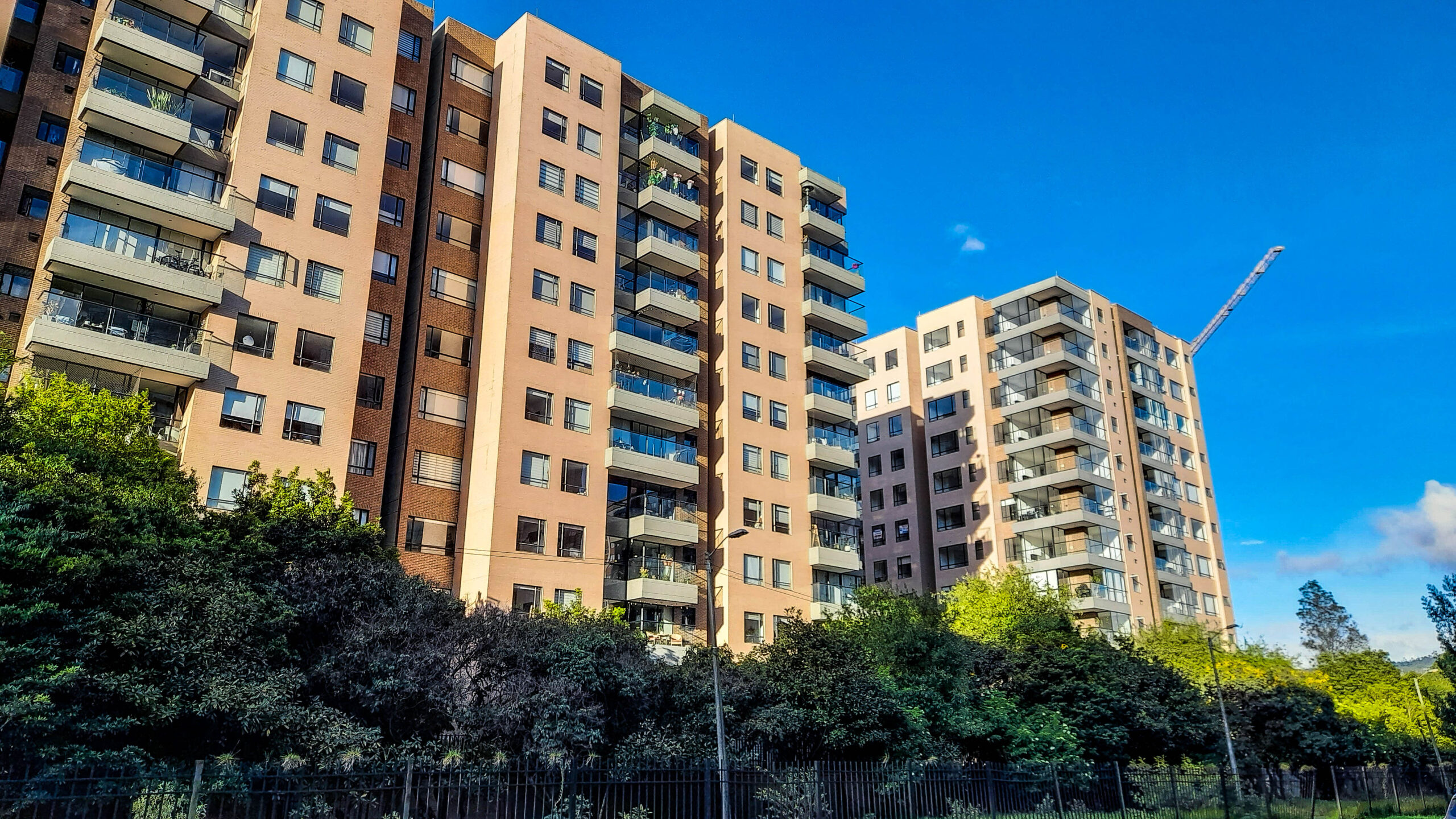
Although they remain near historical lows, apartment vacancy rates in the U.S. have begun to climb. However, this recent reversal may be a temporary trend, driven by renter satisfaction and a slowdown in the pace of new construction.

eCore23 Fireside Chat: Arbor and RXR CEOs Discuss Business, Politics, and Multifamily

At the eCore23 Summit in Miami in November, two long-time colleagues who first met in the 1990s, Arbor Chairman and CEO Ivan Kaufman and RXR Chairman and CEO Scott Rechler, hosted an exclusive, hour-long Fireside Chat before an intimate group of multifamily leaders.

Single-Family Rental Investment Trends Report Q4 2023
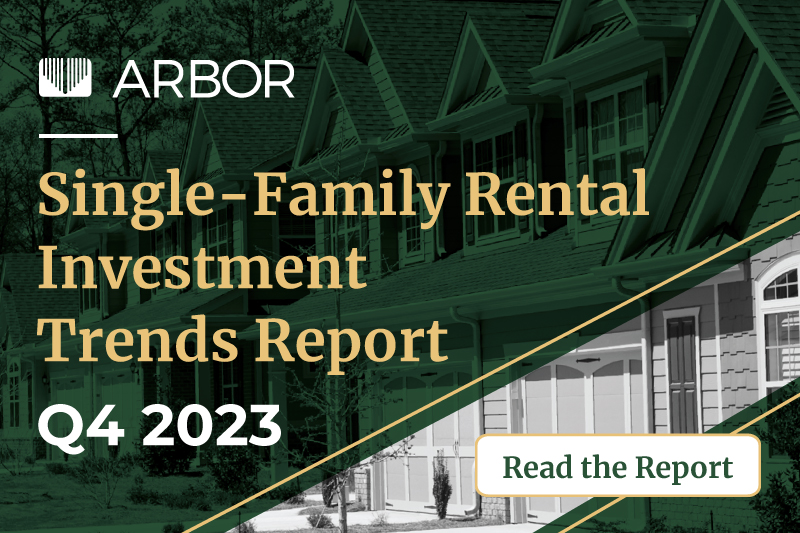
Arbor’s Single-Family Rental Investment Trends Report Q4 2023, developed in partnership with Chandan Economics, explores a multifamily sector ending the year on a high note as demand climbs for quality single-family rental (SFR) homes. Even with interest rates high, more shovels went in the ground for SFR projects, increasing build-to-rent (BTR) construction’s market share to a new peak. In the third quarter, SFR’s robust rent collections and retreating cap rates also demonstrated the sector’s continued resiliency amid economic dislocation.

Video: Special Report Fall 2023 Key Takeaways
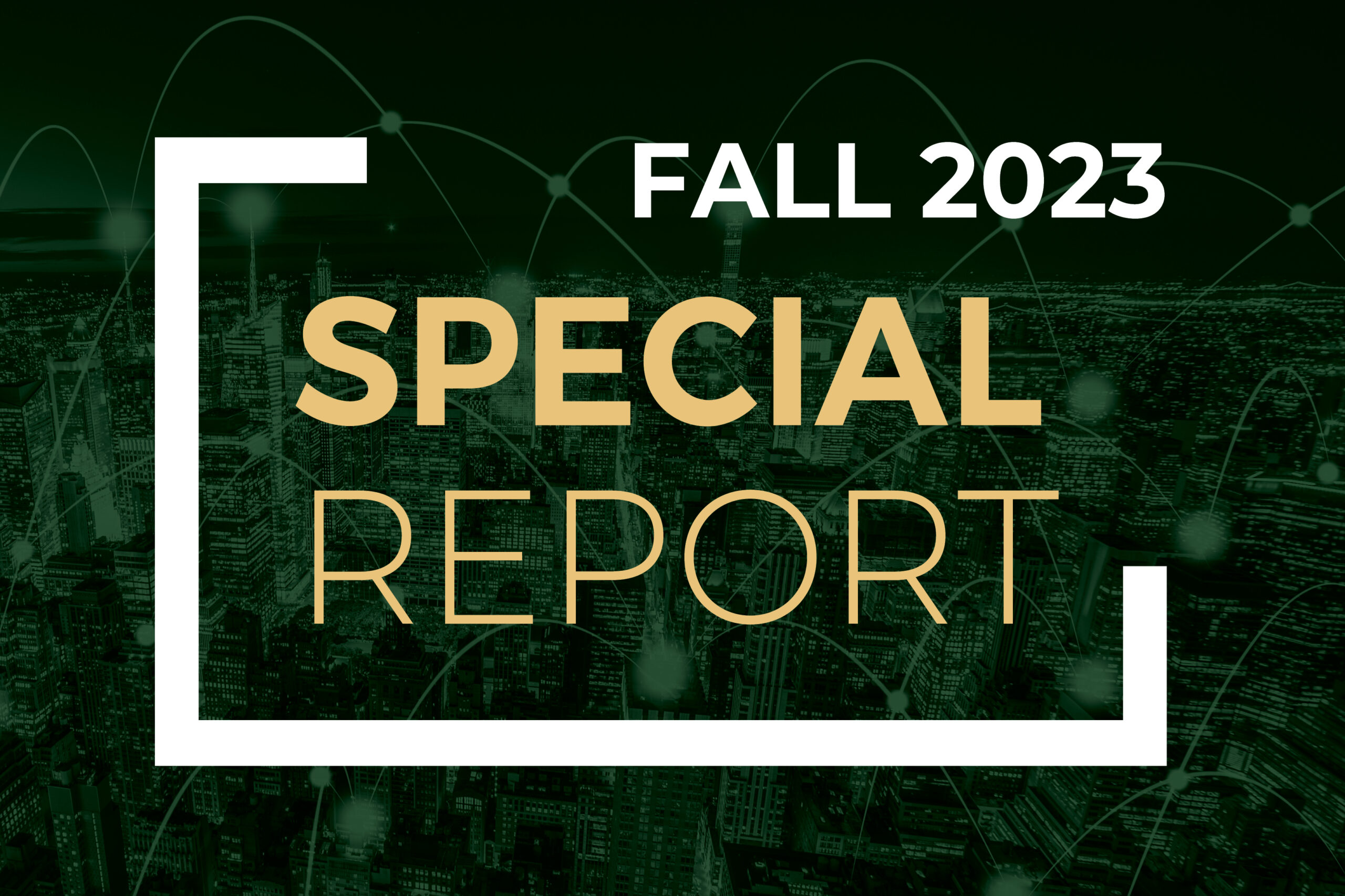
In this video, Dr. Sam Chandan, Founding Director of the C.H. Chen Institute for Global Real Estate Finance at the NYU Stern School of Business and non-executive chairman of Chandan Economics, details the key takeaways of Arbor’s Special Report Fall 2023, which he co-authored with Ivan Kaufman, Chairman and CEO of Arbor Realty Trust.

FHFA Loan Caps for 2024: What Multifamily Borrowers Need to Know
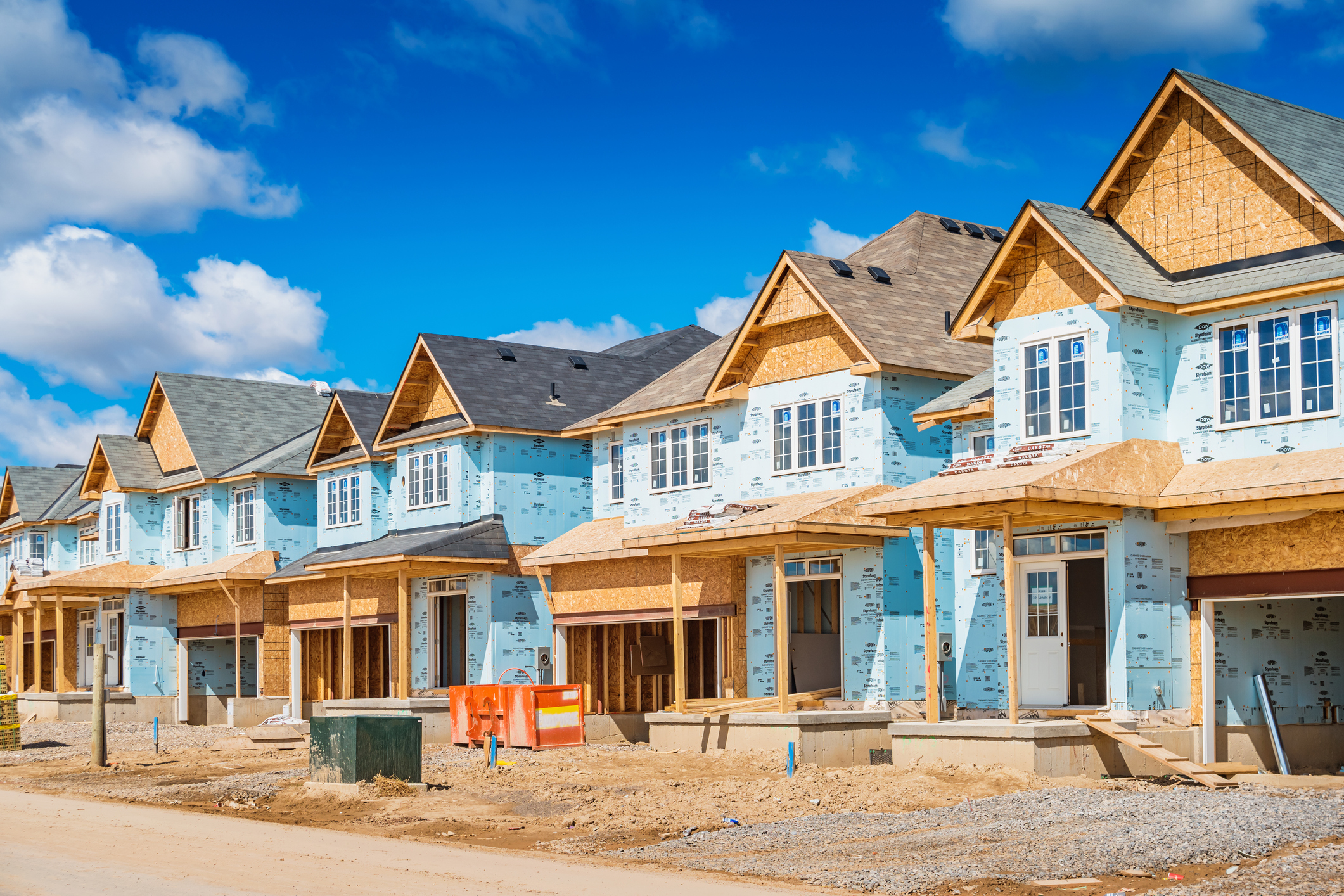
The Federal Housing Finance Agency (FHFA) announced a $10 billion rollback of Fannie Mae and Freddie Mac’s volume cap for loan purchases for 2023 to $140 billion ($70 billion for each agency). This move aligns with industry expectations, given the anticipation of continued headwinds for the multifamily in 2024. Next year’s cap for the Government-Sponsored Entities (GSEs) is a reduction of approximately 7% from the $150 billion limit set for 2023 and a return to the level it was in 2021.

Affordable Housing Trends Report Fall 2023
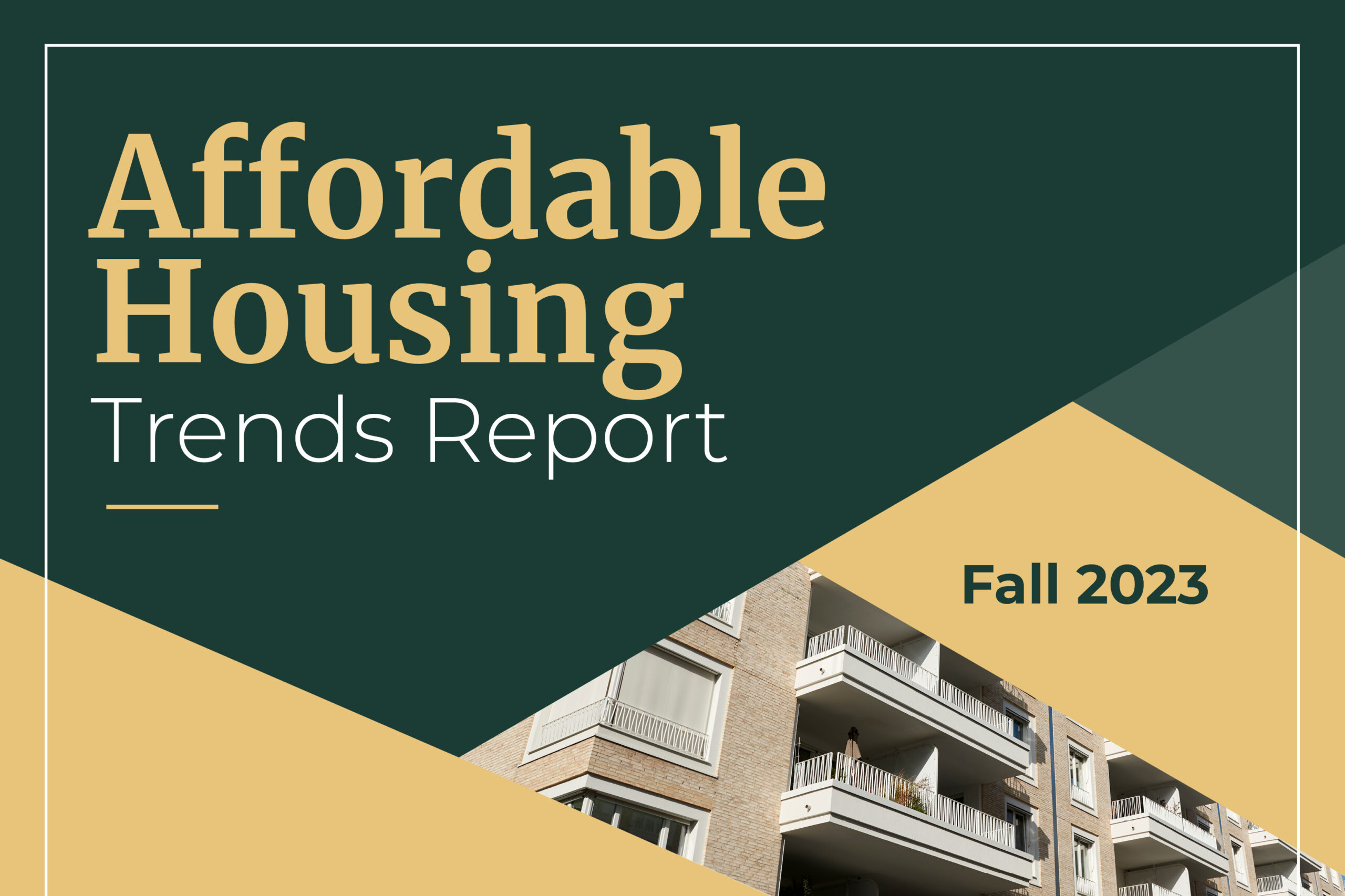
With the cost of living climbing, the need for affordable housing has become more urgent. Although demand continues to outpace available supply, multifamily investment in affordable housing is fortified by Low-Income Housing Tax Credits (LIHTC), Project-Based Section 8, and the Housing Choice Voucher (HCV) programs. Arbor’s Affordable Housing Trends Report Fall 2023, developed in partnership with Chandan Economics, examines the supply-driven programs and policies designed to improve supply at a point in time when federal gridlock has stalled many funding increases.

Small Multifamily Investment Trends Report Q4 2023

Arbor’s Small Multifamily Investment Trends Report Q4 2023, developed in partnership with Chandan Economics, is a snapshot of a strong and resilient subsector continuing to navigate ongoing market dislocation. The report shows that distress has remained limited, even with valuations and measures of risk pricing in flux. As conditions start to stabilize, there are signs that deal activity is picking up.

What’s Next for the Federal Reserve?

Over the past year and a half, the Federal Reserve has embarked on one of its most aggressive monetary tightening cycles in history. With the federal funds rate sitting above 5.25% and two more Federal Open Market Committee (FOMC) policy meetings scheduled through the end of 2023, questions remain about how short- and medium-term monetary policy adjustments could influence multifamily investing. While a rapid reversal is unlikely, the next phase could ease some interest rate pressure.

Top Markets for Large Multifamily Investment Report 2023
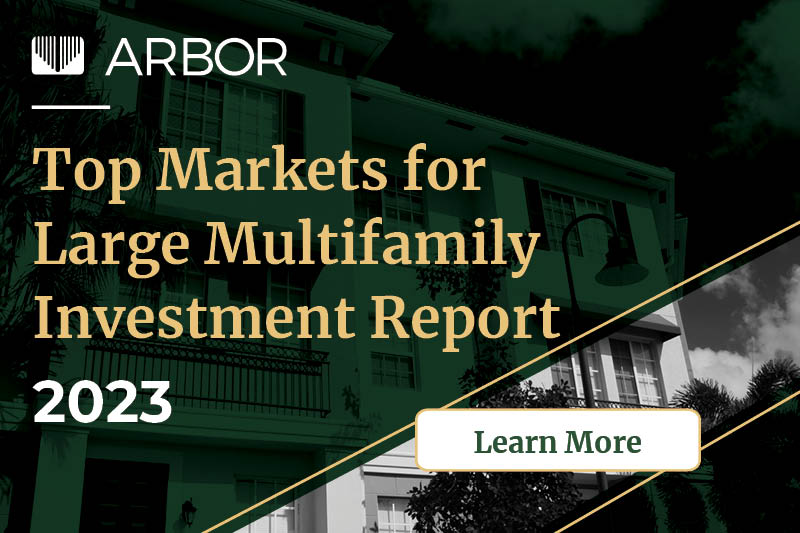
Arbor’s Top Markets for Large Multifamily Investment Report 2023 is a roadmap for investors searching for the most desirable locations to invest $20 million or more. Developed in partnership with Chandan Economics, the study is a market-level comparison of the top 50 U.S. cities poised for apartment sector growth over the next year. This annual report pinpoints areas of opportunity at a time when economic headwinds have altered individual market dynamics.

DOL’s Davis-Bacon Act Updated for First Time in 40 Years

The U.S. Department of Labor (DOL) recently published a Final Rule updating the Davis-Bacon and Related Acts’ formula for calculating local prevailing wages to keep worker pay in line with wage growth trends on most federal and federally assisted construction projects. The first update since the Reagan administration, it has met opposition from industry associations who contend its new wage determinations would raise costs and slow new construction at a time when strong wage gains have already pushed costs higher.


